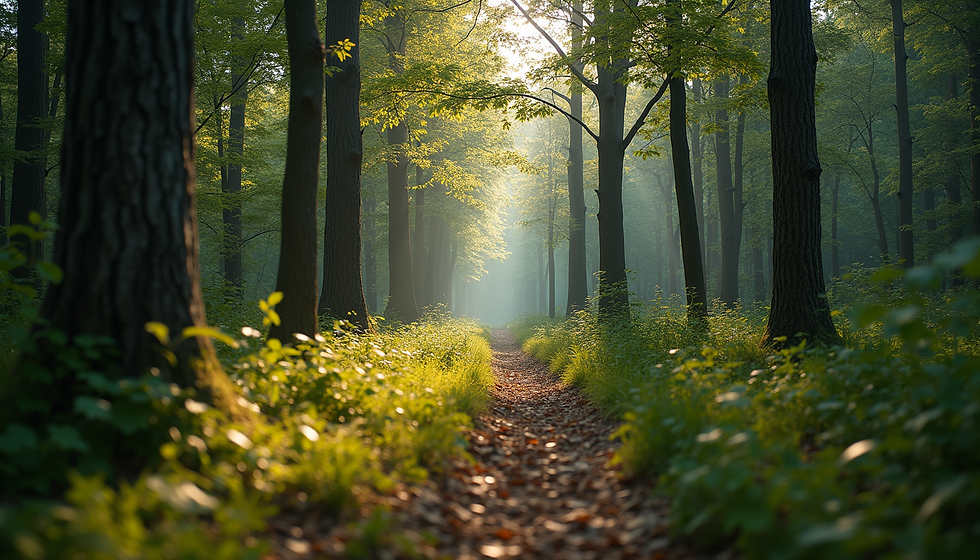🌲 Silviculture: The Art and Science of Growing Forests
- crcsaw
- Aug 8
- 2 min read
Updated: Aug 26
Silviculture is more than just tree farming—it's the thoughtful, strategic cultivation of forests to meet ecological, economic, and social goals. Whether you're managing a family woodlot in New England or stewarding thousands of acres for timber production, silviculture is the backbone of sustainable forest management.
🌿 What Is Silviculture?
Silviculture is the practice of controlling the establishment, growth, composition, health, and quality of forests. It blends biology, ecology, and economics to guide how forests are regenerated, maintained, and harvested.
At its core, silviculture answers questions like:
What species should grow here?
How dense should the forest be?
When and how should trees be harvested?
How do we balance timber production with wildlife habitat, water quality, and recreation?
🧠 Key Principles of Silviculture
Silviculture is guided by several foundational principles:
Regeneration: Ensuring new trees grow after harvest—either naturally (from seeds or sprouts) or artificially (by planting).
Stand Structure: Managing the age and size distribution of trees to influence forest dynamics.
Species Composition: Promoting desirable species based on site conditions and management goals.
Density Control: Thinning overcrowded stands to improve growth, health, and timber quality.
Health and Protection: Monitoring for pests, diseases, and invasive species—and taking action to protect forest resilience.
🌲 Silvicultural Systems
Silviculture isn’t one-size-fits-all. Different systems are used depending on the forest type, landowner goals, and ecological context:
System | Description | Best For |
Clearcutting | Removes all trees in an area to regenerate even-aged stands. | Sun-loving species like pine or aspen |
Shelterwood | Removes trees in stages, leaving some to shelter young seedlings. | Mixed hardwoods, oak regeneration |
Selection | Harvests individual trees or small groups to maintain uneven-aged stands. | Continuous cover, biodiversity |
Seed Tree | Leaves a few mature trees to provide seed for regeneration. | Natural regeneration of specific species |
🌎 Why Silviculture Matters
Silviculture isn’t just about timber—it’s about stewardship. Thoughtful silvicultural practices can:
Enhance wildlife habitat 🦌
Improve water quality 💧
Sequester carbon and combat climate change 🌍
Support rural economies and jobs 💼
Preserve cultural and recreational values 🥾
🛠️ Silviculture in Practice: A New England Example
Imagine a 50-acre forest in Connecticut dominated by oak and maple. The landowner wants to improve wildlife habitat while generating periodic income from timber. A forester might recommend:
A shelterwood harvest to regenerate oak, which needs sunlight but benefits from partial shade.
Thinning to reduce competition and improve growth of remaining trees.
Invasive species control to protect native regeneration.
A 10-year management plan with scheduled monitoring and adaptive strategies.
This is silviculture in action—balancing ecology, economy, and ethics.
💬 Final Thoughts
Silviculture is where science meets stewardship. It empowers landowners, foresters, and communities to shape forests that are productive, resilient, and beautiful. Whether you're growing timber, protecting wildlife, or simply walking your woods with wonder, silviculture is the quiet force behind a thriving forest.


Comments